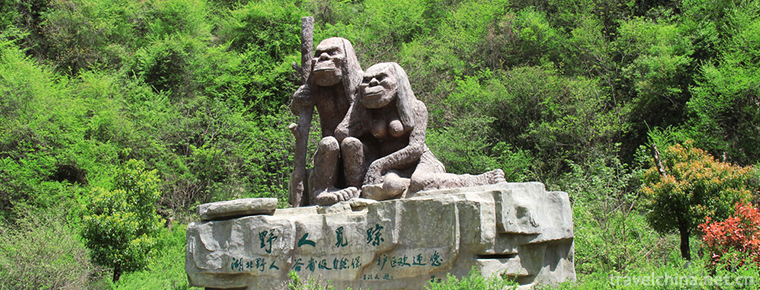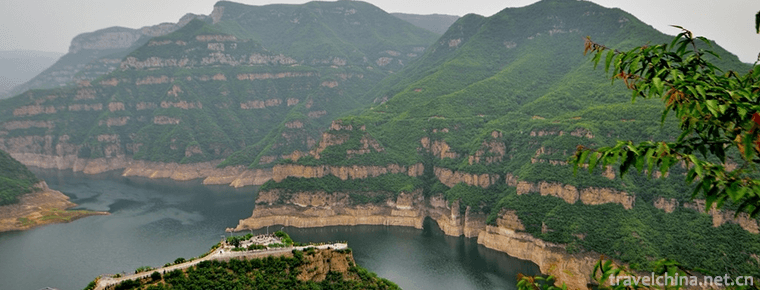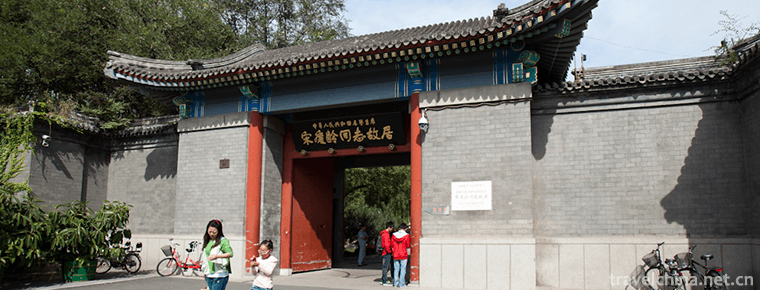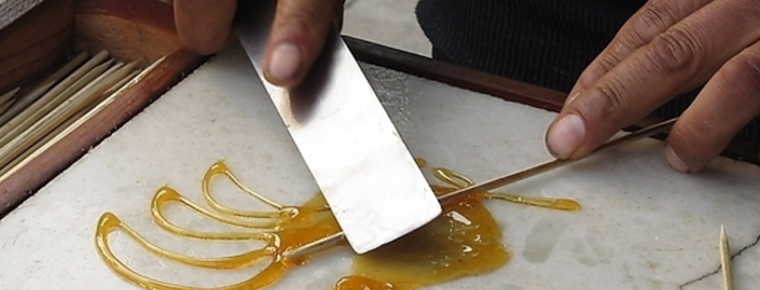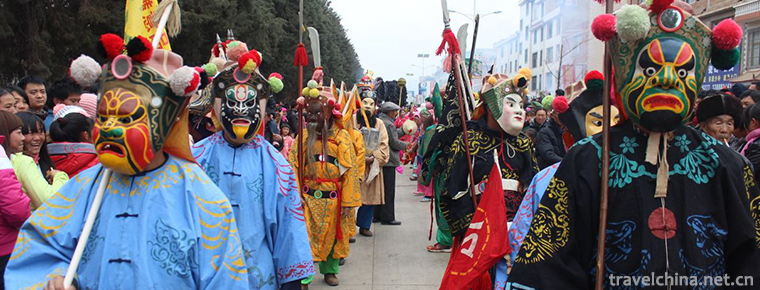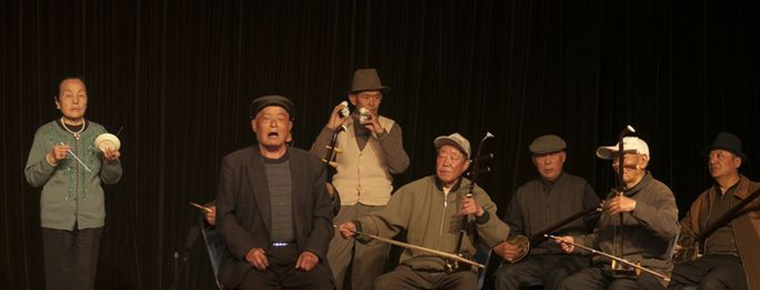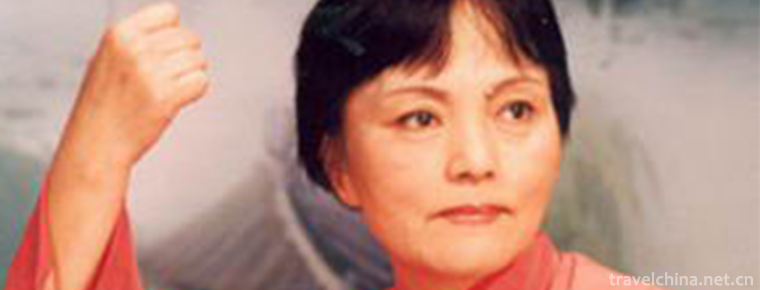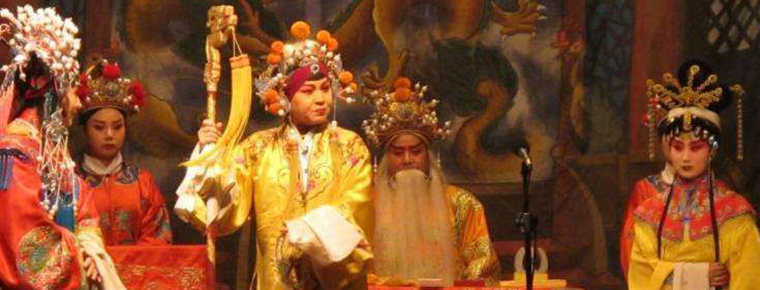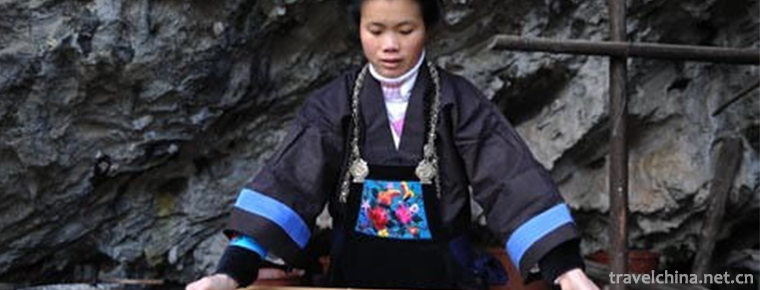Plant resources in Guangan
Plant resources in Guang'an
The forest vegetation in Guang'an City belongs to the vegetation area of evergreen broad-leaved forest and coniferous broad-leaved mixed forest in the middle subtropics. Gymnosperms include Pinaceae, Cupressaceae, Ginkgo biloba and Metasequoia in Mesozoic, and Taxodiaceae in Cenozoic. The angiosperms include the families of sericeae, Celastraceae, rhamniaceae, Aceraceae, Magnoliaceae, Lauraceae, beech family, Hamamelidaceae, Betulaceae, Juglandaceae, stephaniaceae, rhododendraceae; in the Cenozoic, there are Celastraceae, illiaceae, tea family, calyx family, benzoaceae, Verbenaceae, bauxitaceae, purple fern family, Polygalaceae, Meliaceae, chimonaceae, etc. According to the investigation of forest resources, there are 392 species of plants (excluding nearly 1000 kinds of medicinal plants) in the territory, belonging to six categories of ferns, gymnosperms and angiosperms, belonging to 116 families, including 12 families and 18 species of pteridophytes, 8 families and 27 species of gymnosperms and 96 families and 347 species of angiosperms. The types of forest vegetation in the territory include subtropical evergreen broad-leaved forest, evergreen and deciduous broad-leaved mixed forest, coniferous and broad-leaved mixed forest, evergreen leaf forest, coniferous mixed forest, bamboo forest, shrub and artificial vegetation, etc. There are 2 kinds of national protected plants, including 2 species of Eucalyptus spinulosa, 2 species of rare plants under national protection.

Plant resources in Guangan
-
Shennongjia Forestry DistrictHubei Shennongjia
Shennongjia Forest District, referred to as Shennongjia for short, was established in 1970 with the approval of the State Council and directly under the jurisdiction of Hubei Province.
Views: 251 Time 2018-10-28 -
Scenic Spots of the Three Gorges of the Yellow River
The Three Gorges Scenic Area of the Yellow River, the national AAAA-level tourist attraction, the home of Chinese dinosaurs, painted pottery, flowers and Nuo culture.
Views: 171 Time 2019-01-18 -
Memorial of Song Qinglings Former Residence in Shanghai
Song Qingling's former residence in Shanghai is the place where Song Qingling lived and lived for a long time. Qingling came to live here in the spring of 1949 and ushered in the liberation of Shangha
Views: 216 Time 2019-02-13 -
Ah Shi Ma
Ashima, a traditional folk literature in Shilin Yi Autonomous County, Yunnan Province, is one of the national intangible cultural heritage.
Views: 268 Time 2019-03-28 -
Traditional skills
Chinese traditional folk art is a craft inherited from Chinese folk, such as paper-cut is one of the most popular traditional folk decorative arts in China, with a long history
Views: 343 Time 2019-04-19 -
Guan Suo Opera
Guansuo Opera is a kind of local opera, which belongs to the ancient Nuo Opera. It is only found in Xiaotun Village, Yangzong Town, Chengjiang County, Yunnan Province.
Views: 181 Time 2019-05-01 -
Five Palace Tunes in Haizhou
Haizhou Five Palace Tunes is a traditional folk music with a long history. It is an important link of Ming and Qing folk songs in Jiangsu Province. It is a precious relic of ancient "Zhugong Tune
Views: 124 Time 2019-05-02 -
Hangzhou Reviews
Hangzhou Ci Commentary, commonly known as Xiaoshu, is the traditional art of rap and singing in Hangzhou, Zhejiang Province. It is a kind of folk art that tells stories
Views: 213 Time 2019-05-02 -
Gongs and drums
Gong and drum zaju, also known as "zaju of Gong and drum" and "long Yan zaju", is one of the local traditional dramas in Shanxi Province and Henan Province and one of the national
Views: 138 Time 2019-05-15 -
Leather Paper Making Skills
Leather paper making is an ancient Chinese traditional handicraft. Paper making is one of the four great inventions in ancient China. Bamboo paper and leather paper made from bamboo and tussah bark ar
Views: 105 Time 2019-06-09 -
Time and reason of Ding Zhen popularity
Ding zhenhuo, a 20-year-old Tibetan Boy from Ganzi, Sichuan Province, was caught up in a short video of less than 10 seconds. The uploader of the video and the photographer "BOGO" who shot Ding Zhen also attracted netizens' attention. Talking about his first impression of Ding Zhen
Views: 295 Time 2020-12-06 -
How long does it take for Chengdu to get to the giant panda base
When you come to Chengdu, you must come and see the lovely giant panda. The nearest panda base to the city is the giant panda breeding research base. How long does it take from Chengdu to the giant panda base?
Views: 74 Time 2020-12-13
